Your Top 10 Questions About Fish Answered
Published by Ocean Conservancy
Fish are considered one of our ocean’s most important resources. In the United States alone more than 1.7 million jobs rely on commercial and recreational fisheries, and fishing generates more than $200 billion in revenue each year. They are a key species in ocean ecosystems around the world, from tropical waters of Southeast Asia to freezing temperatures in the Arctic.
What stuns me the most about fish is just how many different species exist. There’s an estimated 32,000 different species of fish, a number that’s greater than the total of mammals, reptiles, birds and amphibians combined.
With so many fish in the sea, I find myself asking a lot of questions about these fin-teresting creatures …
1. Why do fish have scales?
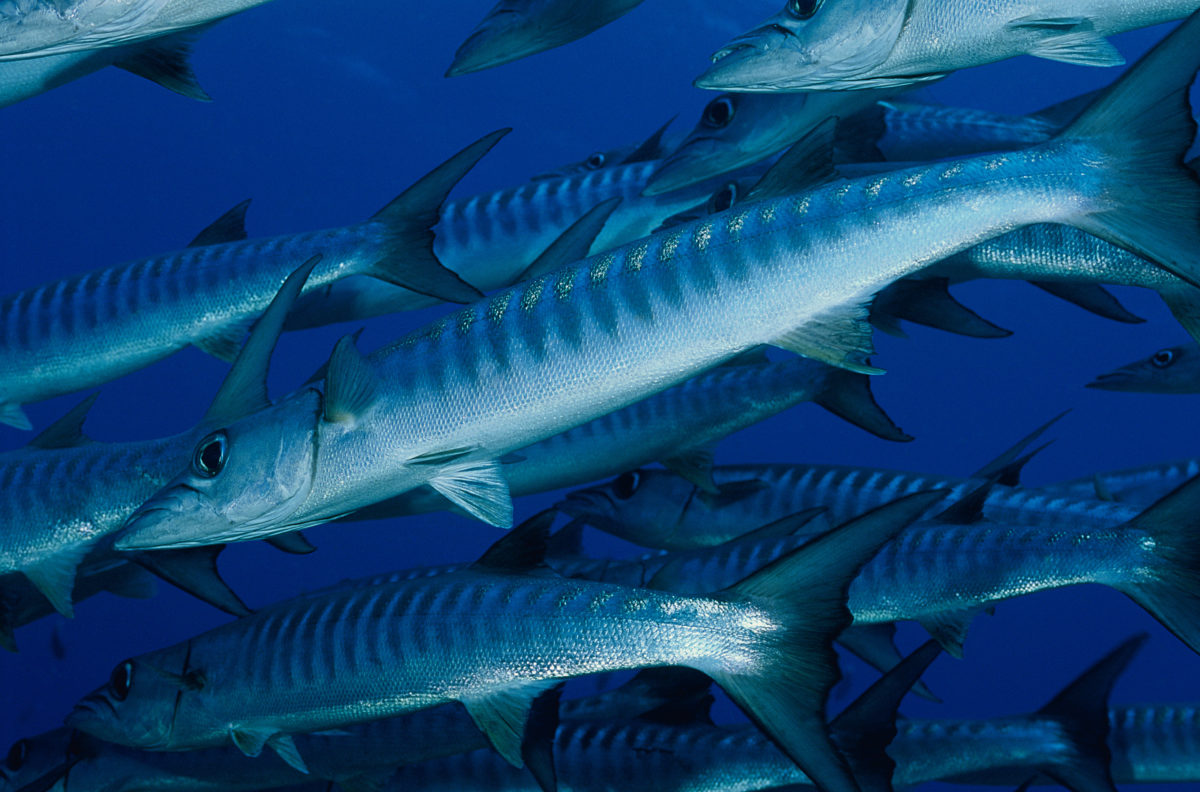

Evolution gave fish scales for a number of reasons but primarily to protect a fish’s skin from predators, parasites and injuries. Scales also serve a hydrodynamic purpose—reducing water resistance when a fish is swimming. Not all fish scales look the same (the scales on a shark are really different than those on a goldfish). And surprisingly, not all fish have scales, many species, such as clingfishes, are completely scaleless!
2. How do fish breathe?
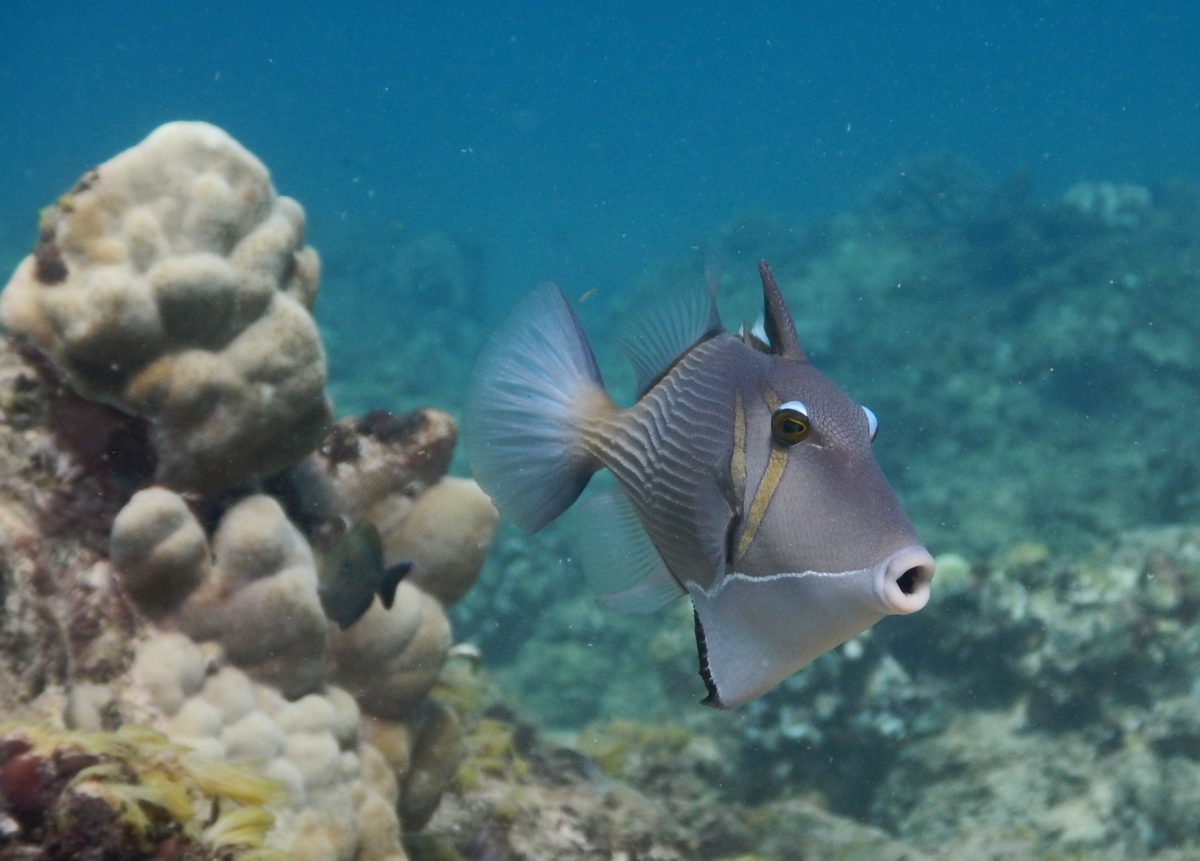

Just like us, fish need to take in oxygen and expel carbon dioxide to survive. What makes fish different is that they utilize gills in order to breathe effectively underwater. As a fish opens its mouth, water runs over the gills, which have a fine structure that is packed with many blood vessels (capillaries). Those capillaries pick up dissolved oxygen found in water and move it through the rest of the body. One reason why dead zones (where excessive amounts of nutrients deplete the surrounding oxygen) are so detrimental to ocean ecosystems is that animals like fish, can’t get enough oxygen from the water to survive.
3. What do fish eat?
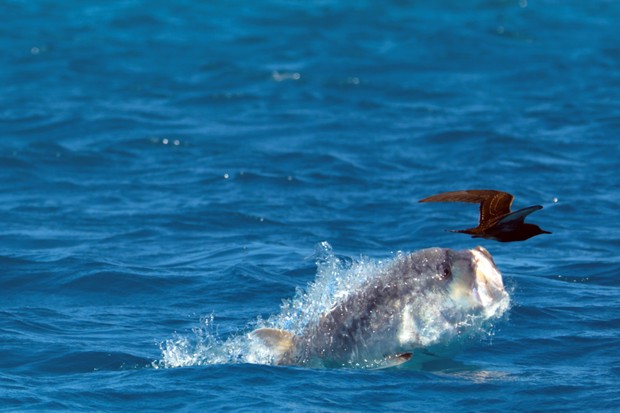

With so many different species of fish, dietary habits can vary widely—from plant matter to smaller organisms like worms and crustaceans, to even other fish. Many fish predators are opportunists, and some fish have even been known to occasionally eat birds. Some herbivorous fish, like parrotfish, help prevent coral reefs from being overgrown by algae through their grazing. Others, like damselfish, will actually act like farmers, cultivating the growth of algae that they like to eat.
4. Why do fish swim in schools?
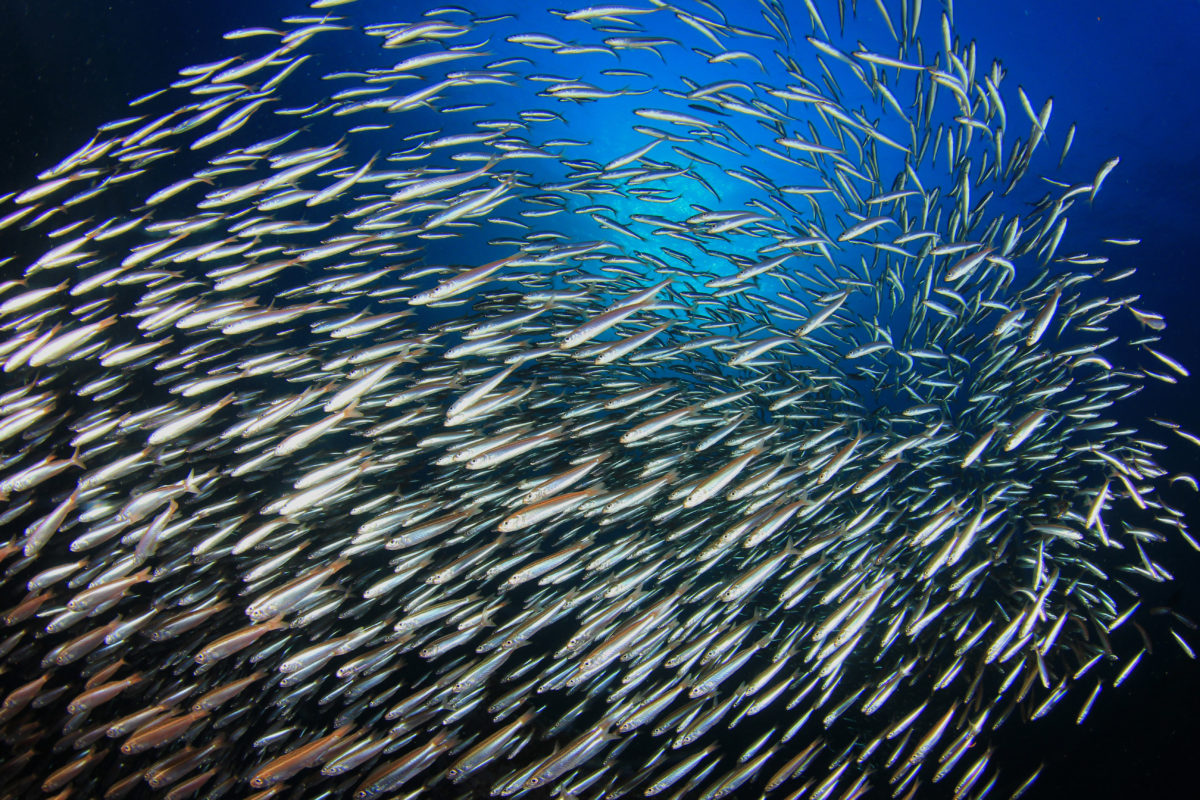

Fish school for many reasons, one being a defense mechanism against predators. Fish also save energy by swimming in schools. The larger a group, the easier it is to find and share food.
5. How do fish sleep?
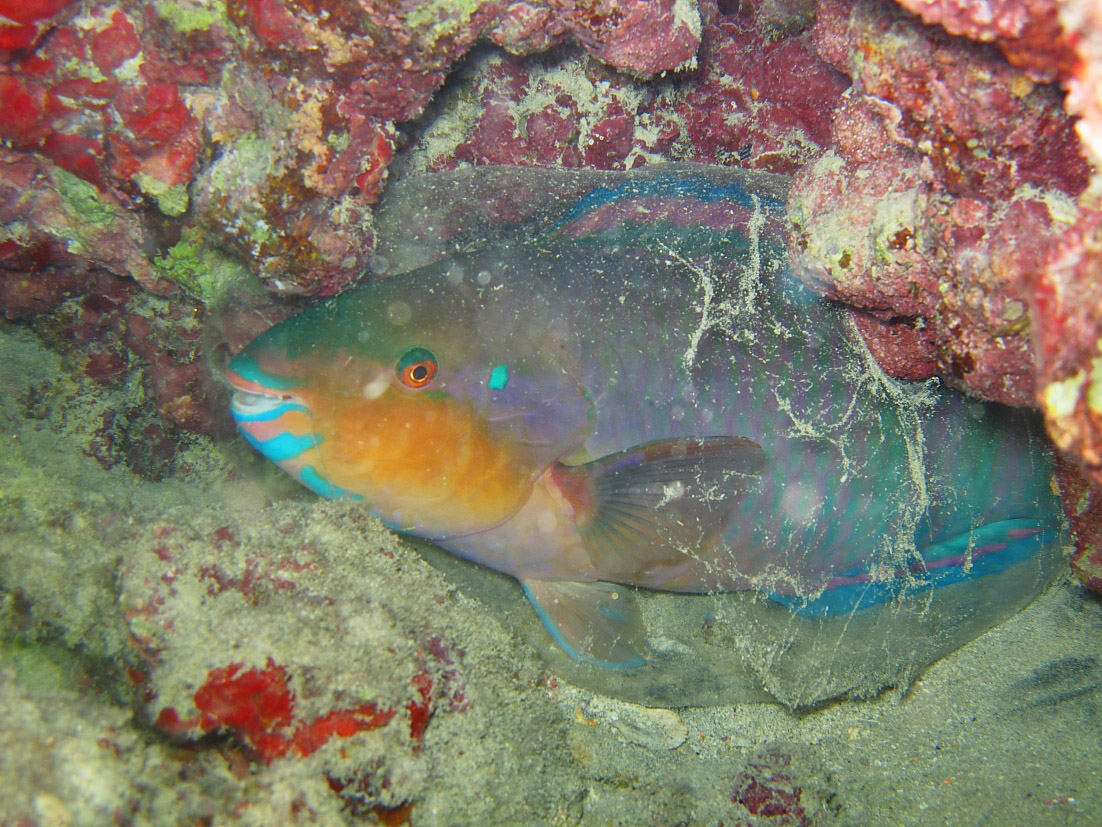

According to the National Oceanic and Atmospheric Administration, the way fish “sleep” is different than the way land animals sleep. Most fish exhibit signs of resting by reducing their activity and metabolism, but continue to remain alert to predators. Some fish will secure a safe space in mud or corals, while others simply float in suspended animation. Some fish, like the parrotfish, will make a cozy cocoon out of their own mucus to protect them from parasites while they catch some shuteye.
Love our content?
Sign up for our emails!
6. Why can fish be high in mercury?
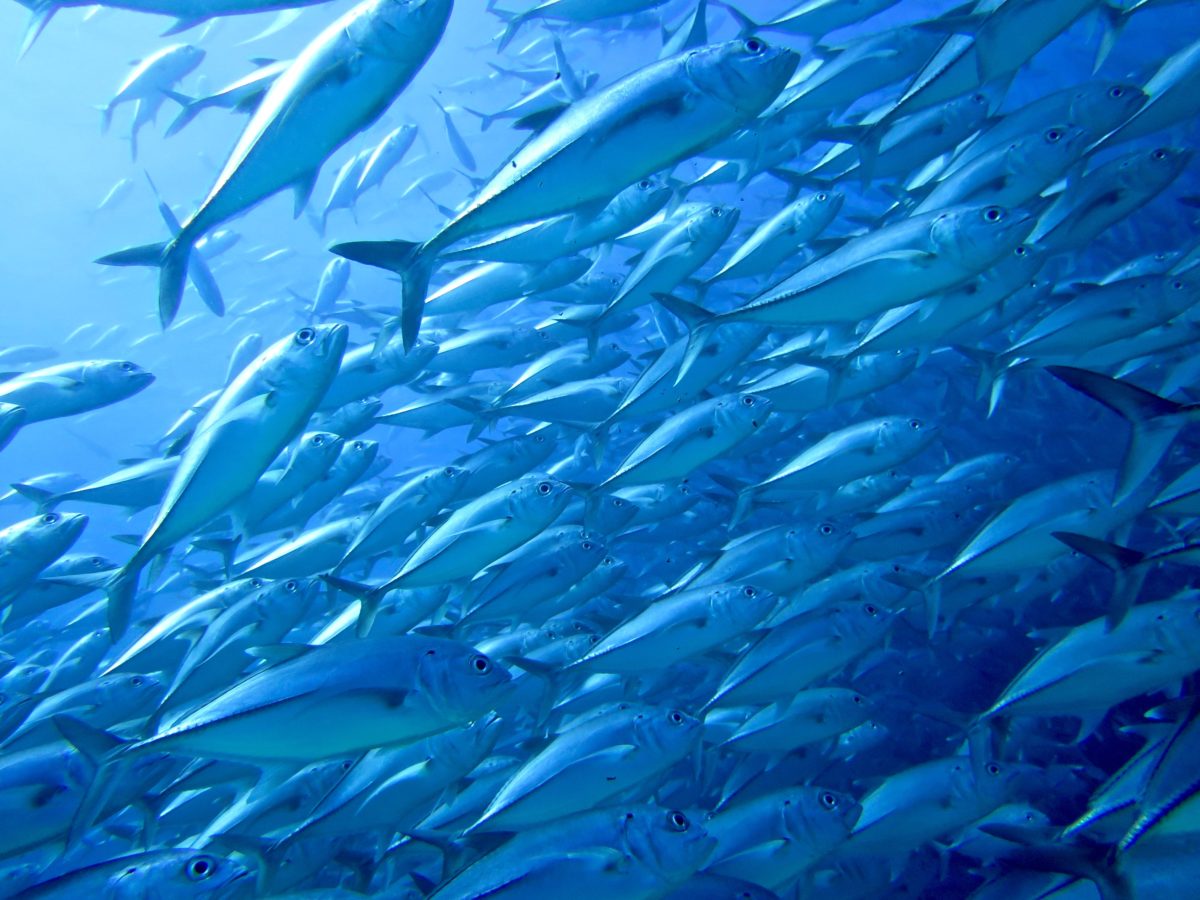

You may have heard that eating certain fish can lead to mercury poising, but it’s not as simple as it sounds. Elevated levels of mercury in fish are a result of pollution within the food chain. While mercury is a natural element from Earth’s crust, mercury pollution is caused by human activities like coal burning and gold mining. Mercury is released into the atmosphere and then dissolves in water. Once dissolved, it is consumed by single-celled algae, like phytoplankton, and then slowly moves up the food web; predators accumulate more mercury as they eat more prey. Fish absorb a specific type of mercury (methylmercury) very efficiently and this accumulates in their muscle tissue. That’s why predatory fish at the top of the food web, like swordfish and sharks, can have extremely high levels of mercury—they retain all the methylmercury from their prey.
7. Do fish feel pain?
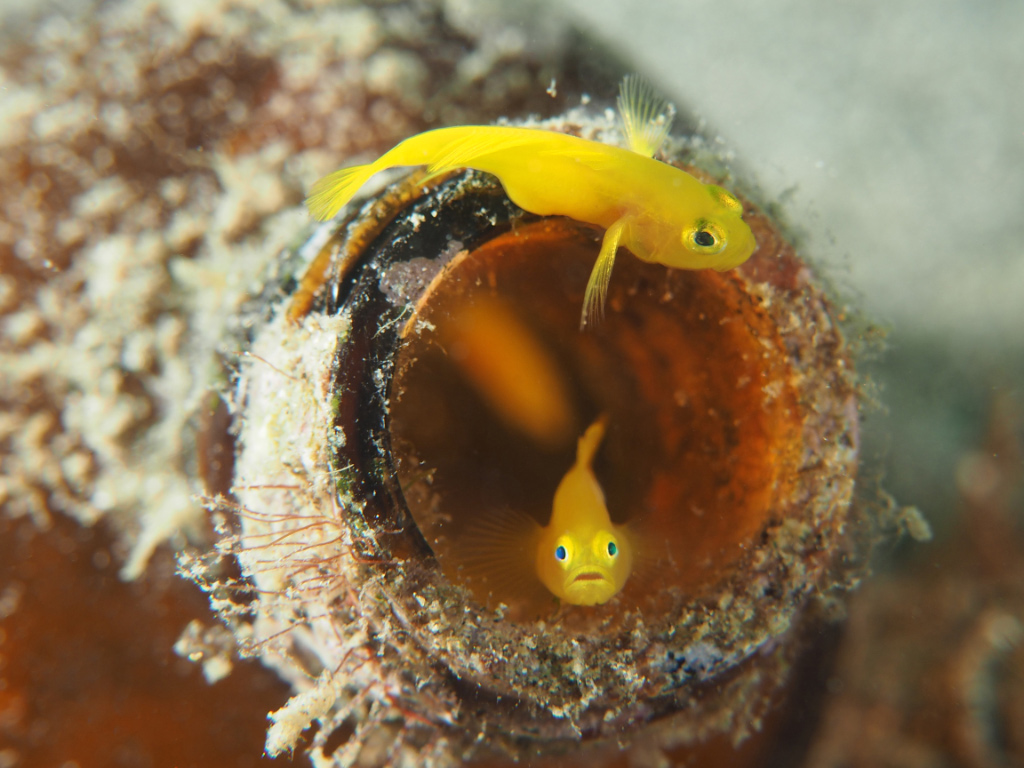

Just as it’s impossible to know whether cats and dogs experience pain the way we do, so it is for the rest of the animals on the planet—including fish. Penn State University biologist Victoria Braithwaite, however, explains that fish do consciously experience suffering. Anatomically, fish posses neurons called nociceptors that detect potential harm. They are also able to produce the same opioids (internal painkillers) that mammals do.
8. What is considered a sustainable fishery?


A sustainable fishery is one that is able to maintain catch over time while keeping the fish population at a healthy level. In the United States, a fish stock is considered sustainable when it is fished below its Annual Catch Limit (ACL) each year and the population size stays above a threshold for what is considered healthy. But sustainable fisheries mean more than just big fish populations—they mean food security, opportunity, recreation and culture for coastal and indigenous communities around the world. Sustainability is important because it means that it is possible to provide these benefits over the long haul.
9. What is overfishing?
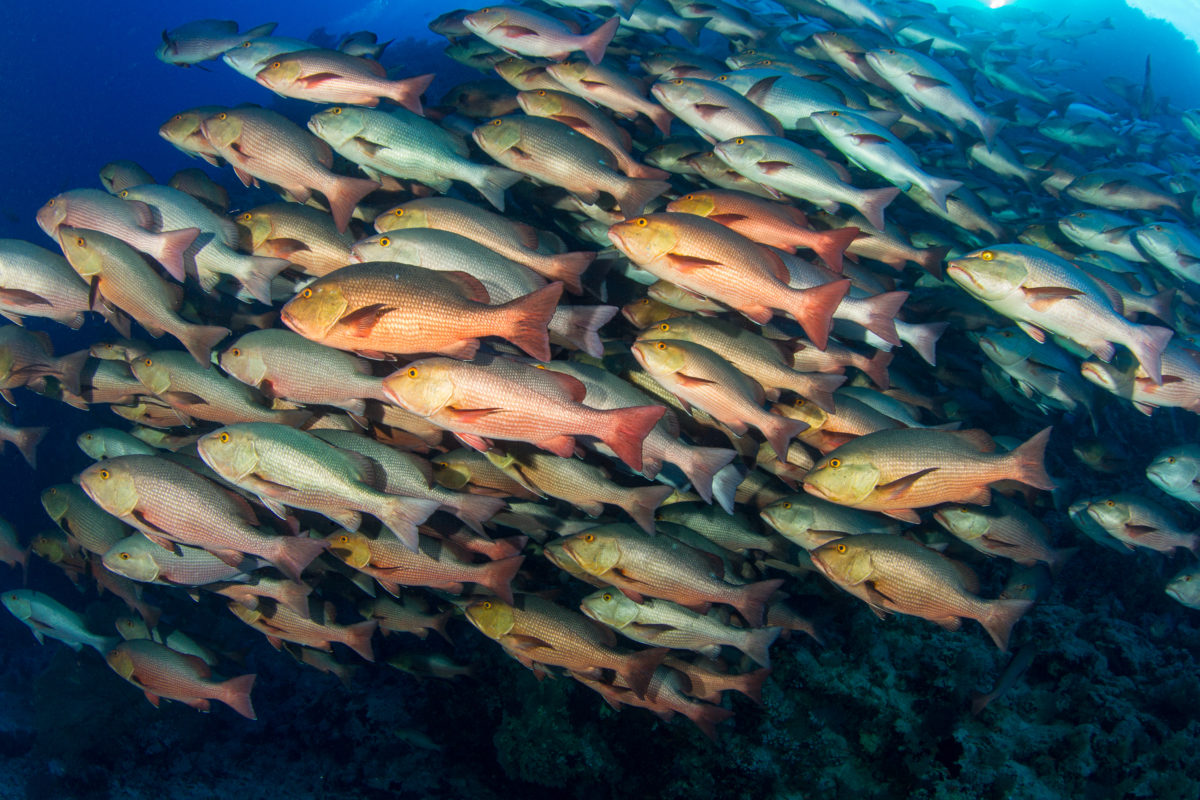

Overfishing is a critical issue for our ocean. It occurs when more fish are caught than is sustainable. In the United States, we prevent this by setting an ACL, which determines the amount of fish that can be sustainably caught each year, by using the best available science and data. Then, we monitor our catch to ensure we stay under the limit. Each fish stock (a group of fish based on a species, area or other category that is being managed as a unit) has its own ACL. An overfished stock occurs when the population size is too small to ensure a sustainable yield in the future. Fortunately, with proper management, we’ve seen overfished stocks begin to bounce back. But globally, overfishing remains a problem, with a third of all fish stocks being fished beyond what is sustainable.
10. Why are fish so important?
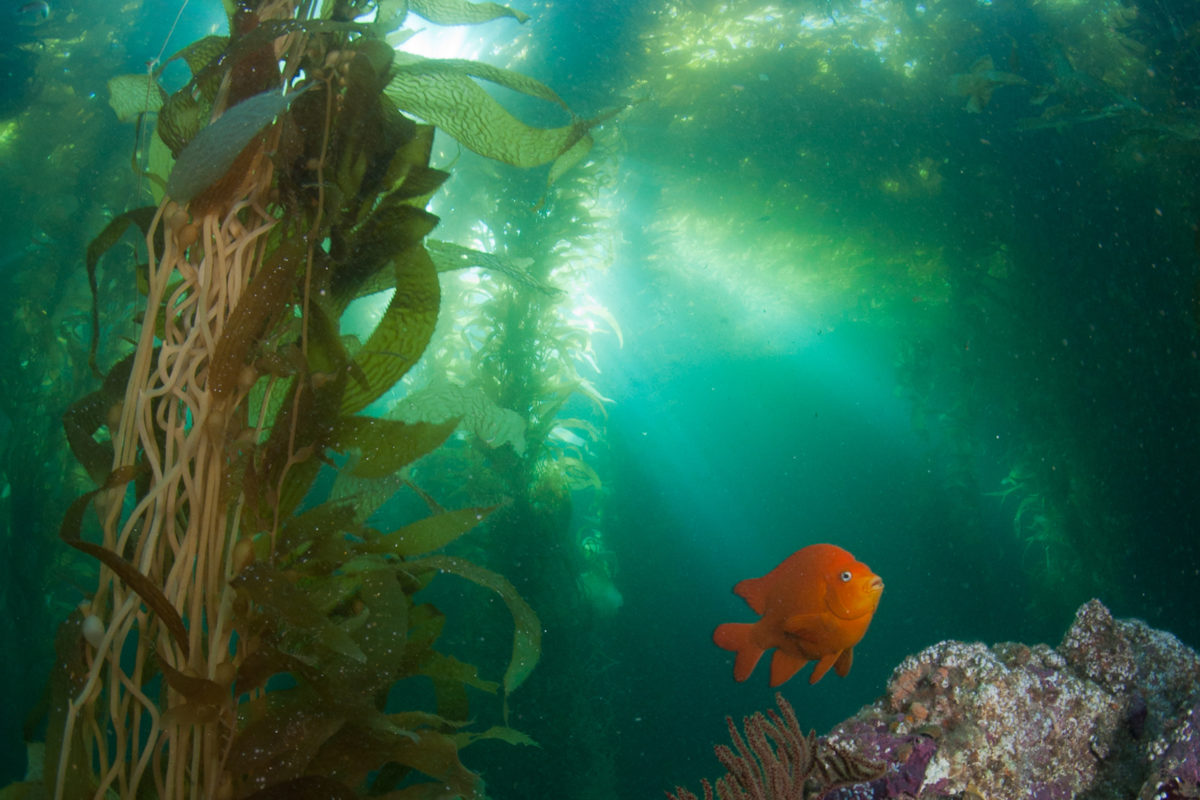

Fish are key players in ocean ecosystems and food chains—they are also important for people and economies around the world. Fisheries put seafood on the table for billions of people and offer jobs and livelihoods for millions. Many people fish for fun and as a way to connect with the ocean, and subsistence fishing is a key component of food security and culture.
Do you care about fisheries and want to make a difference? Write to your member of Congress and urge them to support The Climate-Ready Fisheries Act of 2019—a bill aimed at learning more about what actions are being taken to prepare fisheries for the impacts of climate change.
The post Your Top 10 Questions About Fish Answered appeared first on Ocean Conservancy.
Read the full article at: https://oceanconservancy.org/blog/2020/02/07/top-10-questions-fish-answered/


